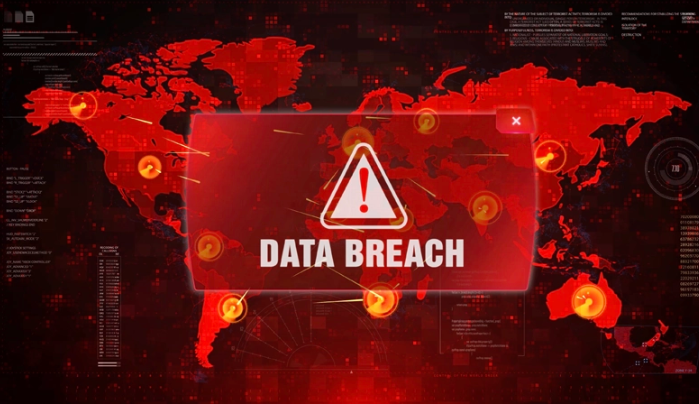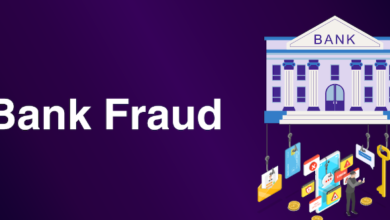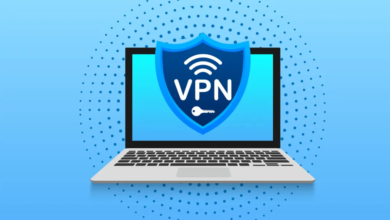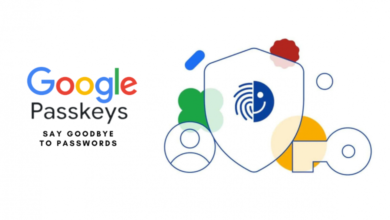
Comprehensive Guide to Data Breach Prevention: Best Practices for Securing Your Organization
A data breach occurs when unauthorized individuals gain access to confidential data such as personal information, intellectual property, or financial details. The consequences can range from financial losses, damaged reputation, and legal penalties to the loss of customer trust.
To safeguard against such risks, businesses and individuals need to be proactive. This blog will walk you through essential strategies and best practices for data breach prevention, covering everything from basic cybersecurity hygiene to advanced tools and policies.
1. What Are the Risks?
Before diving into prevention, it’s important to understand the nature of data breaches. These incidents typically happen when attackers exploit vulnerabilities in an organization’s system, network, or processes. Key risks include:
- Financial Losses: Fines, lawsuits, and remediation costs.
- Reputation Damage: Losing customer trust and business credibility.
- Legal Penalties: Violations of data protection regulations like GDPR, HIPAA, or CCPA can lead to hefty fines.
- Operational Disruption: Data breaches can lead to significant downtime, halting business operations.
Common types of data breaches include phishing attacks, ransomware, insider threats, and insecure data storage or transmission. The best way to handle these risks is by implementing robust prevention strategies across all levels of the organization.
2. Best Practices for Preventing Data Breaches
2.1 Employee Training and Awareness
Human error is one of the leading causes of data breaches. Employees can unknowingly fall prey to phishing attacks, use weak passwords, or mishandle sensitive data. Conduct regular cybersecurity training to:
- Teach employees to recognize phishing emails and suspicious attachments.
- Promote secure handling of sensitive information.
- Instill strong password creation and safe password storage practices.
- Encourage the use of multi-factor authentication (MFA) for added security.
Tip: Implement phishing simulations to test your staff’s ability to recognize and respond to these attacks.
2.2 Enforce Strong Access Control
Limiting access to sensitive data is a critical step in data breach prevention. Not every employee needs access to all systems or data.
- Least Privilege Principle: Grant users the minimum level of access required to perform their job. This reduces the risk of insider threats.
- Role-Based Access Control (RBAC): Define roles and assign access based on job functions, ensuring that sensitive data is only accessible by authorized personnel.
- MFA: Multi-factor authentication requires users to provide two or more verification factors, making it much harder for unauthorized users to gain access.
2.3 Secure Data Encryption
Encryption is the process of converting data into a coded form that cannot be understood without decryption keys. Whether the data is at rest (stored) or in transit (being sent), encryption is vital.
- Encrypt sensitive data such as personal information, financial records, and intellectual property, both at rest and in transit.
- Use SSL/TLS protocols for secure communication over the internet.
- Implement end-to-end encryption for messaging and data transfers.
2.4 Regular Software Updates and Patch Management
Outdated software and unpatched vulnerabilities are common attack vectors for cybercriminals. Ensure all systems, applications, and devices in your network are kept up to date with the latest security patches.
- Automate patch management where possible to ensure timely updates.
- Regularly audit third-party software and plugins for vulnerabilities.
2.5 Install and Maintain Firewalls and Intrusion Detection Systems (IDS)
Firewalls act as the first line of defense by monitoring incoming and outgoing traffic and blocking unauthorized access. Complement firewalls with Intrusion Detection Systems (IDS) to identify potential security breaches.
- Use Next-Generation Firewalls (NGFWs) that incorporate advanced features like deep packet inspection, malware detection, and application-level security.
- Deploy Intrusion Prevention Systems (IPS) to actively prevent threats by blocking malicious activity in real-time.
Regularly review logs from these systems to catch and respond to suspicious activities.
2.6 Secure Mobile Devices and Remote Work
With the rise of remote work and mobile devices accessing corporate networks, it’s crucial to have security policies in place to protect these endpoints.
- Mobile Device Management (MDM) solutions allow administrators to control and secure mobile devices that access company data.
- Use VPNs (Virtual Private Networks) for secure remote access to your organization’s network.
- Ensure device encryption on all company-issued laptops, tablets, and smartphones.
- Implement BYOD policies that enforce security standards for employees using personal devices for work.
2.7 Data Backup and Disaster Recovery
While backups won’t prevent a data breach, they are essential in mitigating the damage caused by one. Regularly backing up your data ensures you can recover important information in the event of a ransomware attack or system failure.
- Follow the 3-2-1 rule: Keep three copies of your data, on two different media types, with one copy stored off-site.
- Regularly test your backup and recovery processes to ensure they are effective.
2.8 Monitor and Audit Systems Continuously
Proactive monitoring helps identify and respond to security incidents before they turn into major breaches.
- Use Security Information and Event Management (SIEM) systems to aggregate and analyze security logs for suspicious activities.
- Conduct regular audits of your security policies, access controls, and network configurations.
- Deploy Endpoint Detection and Response (EDR) tools to monitor and protect devices against malware, ransomware, and unauthorized access.
2.9 Implement Strong Password Policies
Weak and reused passwords make it easy for hackers to infiltrate accounts. Implement a password policy that requires:
- Strong password complexity: Use long passwords with a mix of letters, numbers, and symbols.
- Regular password updates: Force periodic password changes.
- Password managers: Encourage employees to use password managers to store and generate unique passwords for different accounts.
Also Read
3. Data Privacy Regulations and Compliance
Adhering to data protection regulations not only helps avoid legal penalties but also strengthens your organization’s defense against data breaches. Some of the major regulations include:
- GDPR (General Data Protection Regulation): Protects the personal data of EU citizens and requires organizations to take specific measures to secure data.
- HIPAA (Health Insurance Portability and Accountability Act): Imposes stringent rules on securing healthcare data.
- CCPA (California Consumer Privacy Act): Governs the collection and use of personal data from California residents.
Ensure your organization stays compliant by:
- Keeping up to date with changes in regulations.
- Regularly reviewing and updating data protection policies.
- Performing compliance audits to assess vulnerabilities and areas of improvement.
4. Incident Response: Planning for the Worst
Despite all preventive measures, data breaches can still happen. Having an incident response plan in place allows your organization to respond swiftly and effectively to minimize the impact of a breach.
Key Components of an Incident Response Plan:
- Identification: Detect and classify the breach as soon as possible.
- Containment: Take immediate steps to isolate affected systems to prevent further damage.
- Eradication: Eliminate the root cause of the breach, such as patching vulnerabilities or removing malware.
- Recovery: Restore affected systems and data from backups.
- Post-incident analysis: Review what went wrong and how the incident was handled. Use this knowledge to improve future security measures.
Conduct regular tabletop exercises to simulate breach scenarios and ensure that your team knows how to respond effectively.
5. Conclusion: A Holistic Approach to Data Security
Data breach prevention is an ongoing process that requires vigilance, up-to-date technologies, and strong internal policies. While there’s no single solution to prevent all breaches, a multi-layered approach that includes employee training, access control, encryption, and continuous monitoring is your best defense.
Stay informed about the latest threats and evolving security trends to ensure your organization is well-prepared to handle the increasingly sophisticated tactics used by cybercriminals. By making cybersecurity a priority, you’ll not only protect sensitive data but also strengthen customer trust and business resilience in a digital world.




